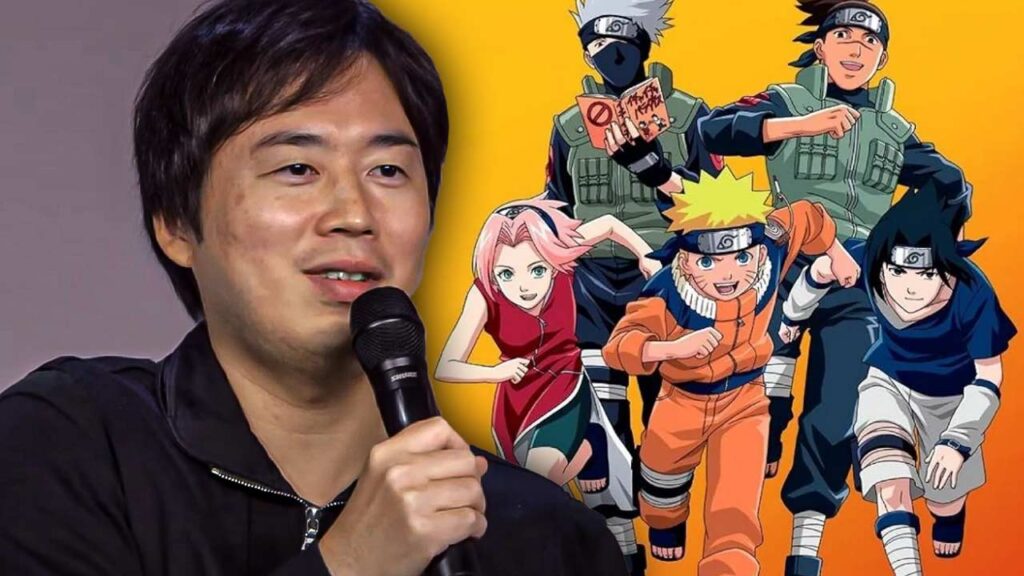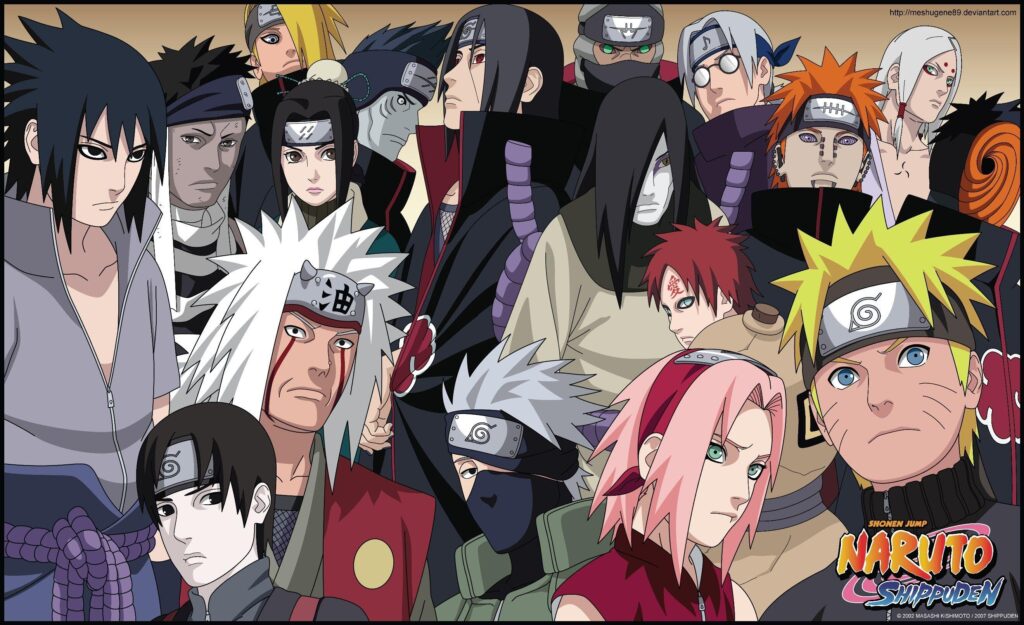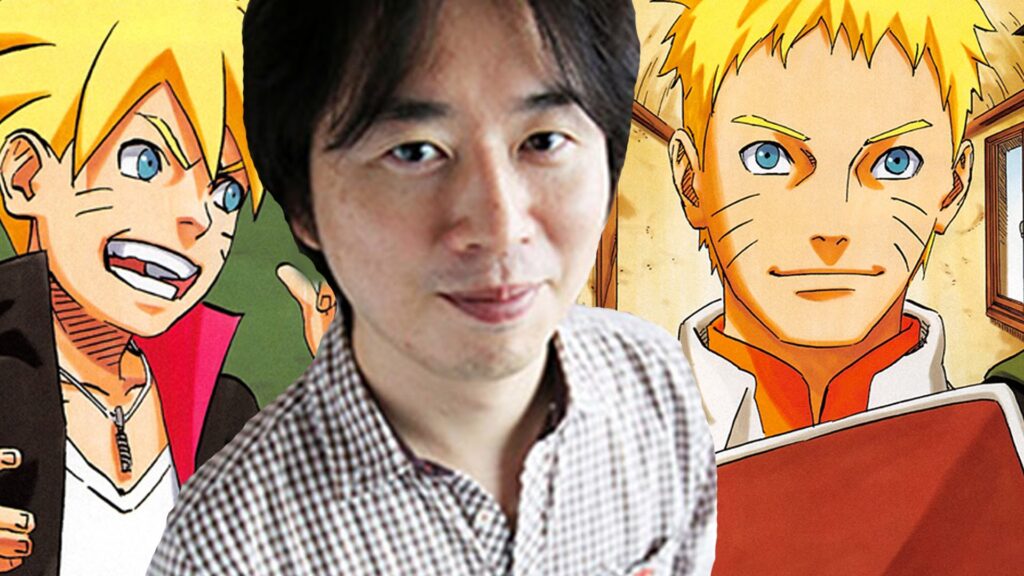The Legacy of Masashi Kishimoto: A Detailed Overview
*Masashi Kishimoto, the author of *Naruto should be credited for impacting not only the business of creating manga and anime but also shaping the successive generations of fans around the global. His work has had a significant influence on the direction of modern shonen manga for the better, as the spectator gets both a handsome and brilliant display of action and emotion all melded together with profound concepts of self and friendship, along with the virtue of hard work. Beyond the success of Naruto, Kishimoto Prince beat a path in the manga world and left a large impact on the world of pop culture.
Following these general ponderings, this detailed examination will address the following questions: How is *Masashi Kishimoto’s legacy* constructed? What about Naruto can be described as ‘deep,’ thematically or otherwise? To what extent has Naruto influenced both upcoming creators and fans?
1. The Description and International Popularity of *Naruto*
The single most significant contribution of Kishimoto is the drawing out of Naruto; this is so because the main story of the manga popularly known as ninja was created by him.The main subject of the manga, the ninja, was drawn by Kishimoto. Published in Shueisha’s Weekly Shōnen Jump from 1999 to 2014, Naruto has 700 chapters and since then has been collected into 72 tankōbon. Such that it become a global product which affected many nations and their cultures. Here are the key factors that contributed to its incredible success and legacy:
a. Both of them are related closely to *Storytelling and World-Building*.
Yet one of Kishimoto’s major strenght was his incorporation of a detailed and well-connected universe with a dense plot that worked perfectly together. The Naruto universe was filled with so much history, clans, stories, and everyone and everything had some power or ability about them. For his world-building was not only vast but also very much connected with the characters’ emotional arcs so the epic and the interpersonal conflict loss could work hand in hand.
An action series, Naruto had strong instances of resolution, friendship, and identity which went down with millions of fans. Naruto’s depth from the internal conflicts of the main character, to the consisting dialogue and ideas for protagonists like Madara Uchiha and Nagato (Pain), gave a show that could reach all ages and types.
b. Complex yet relatable Characters
This success is owed to the fact that roles created by Masashi Kishimoto act as its core. The main character, Naruto Uzumaki is not just one of the major manga characters, but is truly legendary. That main character starting from being an outcast, he is even bullied by his fellow children, and then becoming the respected Hokage is the essence of the belief in oneself.
Not only did the series have extraordinary primary characters but additionally had additional depth to several secondary characters such as *Sasuke Uchiha, **Sakura Haruno, **Kakashi Hatake,* and several others. Each character had his own plot and the reasons for his actions were explained on the show. The Most of drama in this series are derived from the interactions of these characters, including friendship of Naruto and Sasuke.
c. Check out cultural influence and success.
The story of Naruto emerged as one of the most liked manga and anime series to be serialized to date. This created a global following, an anime and movies adaptation and in return became a symbol of anime culture to fans from across the world.
The series was especially important in the western countries, the series was one of the first anime that introduced new generations to the anime. The English Naruto played a crucial step in the becoming of anime fans in North America during the 2000s, and it happened mostly through Toonami.
The series is split into two main parts:
1. *Naruto*: When introducing the series it is essential to define that the first part of the story focused on the young, thrashing but caring Naruto as a ninja in the Hidden Leaf Village better known as Konoha.
2. *Naruto: Shippuden*: The second part takes place after a time leap of about two and half years and the stakes get higher for Naruto; to the fact of facing more and vicious opponents as well as dealing with inner emotional conflict.
2. Tate no Yuusha no Nariagari – A Modern Shonen Genre Defining Gi
Naruto as the creation of Kishimoto has been instrumental in reconstructing the genre and challenging its conventions in its genre, and many aspects of what has become of it inspired later work.
a. Character-Driven Plot
Now before Naruto, previous iconic Shonen animes such as Dragon Ball, and One Piece were predominately based on culminating drama and quest themes but stripped off internal character development and intricate interpersonal bonds. It helped Naruto take a much more emotionally appealing position and a concept that most people could easily relate to.
b. Themed Rivalries
This show finally focused on the rivalry between two childhood friends, Naruto and Sasuke, which made this show most popular anime rivalry of all time. This is rather auspicious seeing that Kishimoto added raw emotion to this rivalry in the form of ideology and identity, makinghashincero4 it a hallmark of any shonen rivalry that has significantly more depth than the usual rivalries. This rivalry inspired many following series, straight boysisues, for example My hero academia – Izuku and Bakugo, Demon slayer – Tanjiro and Nezuko vs. Demons, taking tendencies from Naruto’s characters’ clash.
c. The Changes in the Complexity of Anti-Hero and Villain
Naruto’s villains were not flat dark antagonists existing only to be the NPCs for the protagonist to fight. Some of the antagonists, like *Pain/Nagato, **Madara Uchiha, and **Obito Uchiha were caused by the events like loss and struggle in the character. Perhaps, it is for this reason that Kishimoto was able to make complex villains human which went contrary to most of the earlier shonen works that had a clear separation of black and whites. Other examples of this narrative technique included in subsequent productions *Attack on Titan, Tokyo Ghoul, Jujutsu Kaisen or where the antagonists have good reasons or pasts.
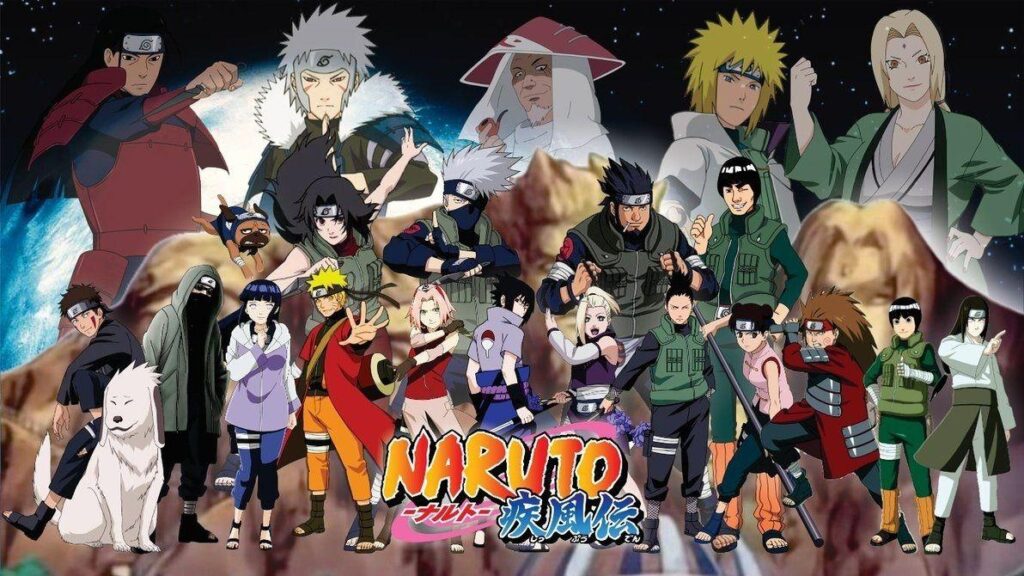
3. Impact On Future Creation Generations
In that way, Kishimoto was able to make influence in manga and anime future generations, through Naruto. As it is with any favorite childhood show, it was common to hear many young creators today attributing Naruto as inspiration for their own creations. It is reflected in the principal narrative approaches; characters‘ appearances; and the themes of relatively recent manga and anime.
a. Character Development
Some of the new shonen series adapt the teaching that are instilled by Naruto in growing their characters. Today, proud memorable heroes’ growth, struggle, and development at the personal level is the key concern of the contemporary shonen. Fans would walk with Naruto from being a troubled, troublesome boy with no friends to a respected and understanding fully pledged ninja with a hero’s growth becoming a good playbook for artists or writers who wished to come up with a character development story.
b. They included, Action Sequences and Fighting Styles
Kishimoto established a new technique of drawing action images by using tactics in fight instead of strength in scenes of battle in his shonen manga. His ninjutsu and element techniques made other animes series creators to follow the Independent options of fighting such as Nen from the Hunter x Hunter and spiritual powers from Bleach series .
c. Shonen Archetypes
I would like to note that the key characters existing in Naruto, for example, a hardworking and determined main character, a wise and unemotional teacher, an antagonist, who acts as an inspiring rival, and a tragic villain, will be considered the basic motifs of contemporary shonen production. Thus, Naruto provided many shonen series with a pattern of the action to the display of emotional growth and identity after it.
3. Impact On Future Creation Generations
In that way, Kishimoto was able to make influence in manga and anime future generations, through Naruto. As it is with any favorite childhood show, it was common to hear many young creators today attributing Naruto as inspiration for their own creations. This is evidenced by the choices of narrative in new manga and anime, characterization, as well as themes.
a. Character Development
Some of the new shonen series adapt the teaching that are instilled by Naruto in growing their characters. The advantages of personal development, the fighting against adversities, changes of characters during the process – all these motives are now an indispensable attribute of a shonen-style Anime. Fans would walk with Naruto from being a troubled, troublesome boy with no friends to a respected and understanding fully pledged ninja with a hero’s growth becoming a good playbook for artists or writers who wished to come up with a character development story.
b. They included, *Action Sequences and Fighting Styles*
Kishimoto established a new technique of drawing action images by using tactics in fight instead of strength in scenes of battle in his shonen manga. His ninjutsu and element techniques made other animes series creators to follow the Independent options of fighting such as Nen from the Hunter x Hunter and spiritual powers from Bleach series .
c. Shonen Archetypes
I would like to note that the key characters existing in Naruto, for example, a hardworking and determined main character, a wise and unemotional teacher, an antagonist, who acts as an inspiring rival, and a tragic villain, will be considered the basic motifs of contemporary shonen production. Thus, Naruto provided many shonen series with a pattern of the action to the display of emotional growth and identity after it.
5. How Kishimoto Masashi infected the World with his creation
Beyond the Naruto series itself, Kishimoto’s influence extends into the broader anime and manga industry:
a. Work Ethic and Persistence
I hope this paper has also given an insight into Kishimoto’s experience, as a creator at EAD and I especially to the numerous manga artists who look forward to working in this firm. His journey was not meteoric—Hashimoto began with less popular projects before Naruto was recognized, that is why his story shows audiences that creators can be slowed down but not stopped. Perseverance, commitment, and struggles that he underwent to balance between storytelling and the weekly serialization particulars are part of his story.
b. Artistic Contribution
Namely, Kishimoto and his fellows have created an expressive art style for characters, effective uses of paneling, and activity of fights. He made an image for Naruto and it is impossible to think about Naruto related character designs without thinking about characters like Naruto, Sasuke and Tailed Beasts.
Conclusion: Legacy and History of Masashi Kishimoto
Kishimoto Masashi ‘s legacy is one of the best to have work in Naruto he penetrate the best storytelling, the building of characters and creation of success set up for the shonen manga and anime. His work was very influential and kind of international as he enlightened the world with subjects like friendship, patient’s endurance, and the essential dilemmas of human character. Thus, Kishimoto has been using *Bor
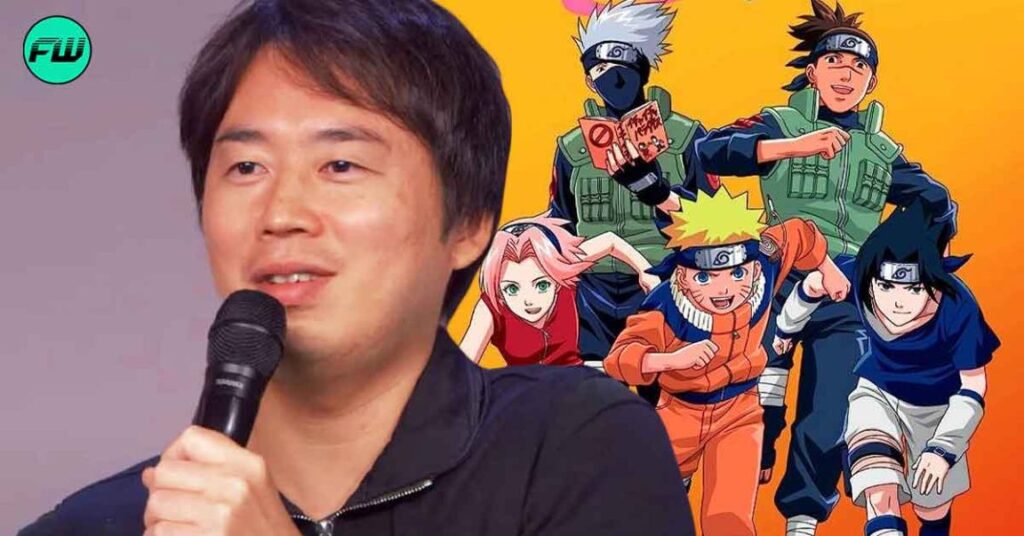
How to Watch Naruto Anime in Order?

